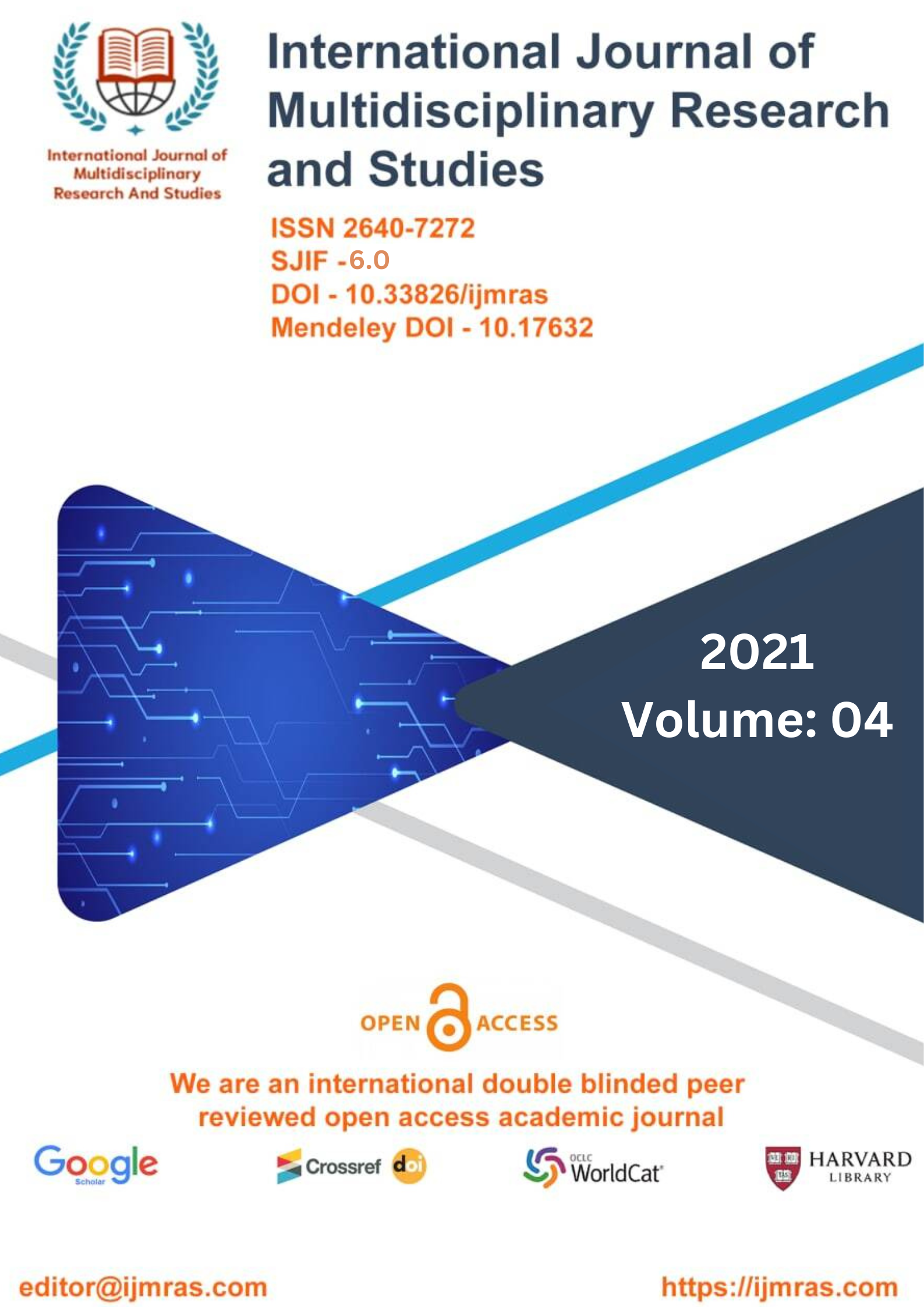COMMUNITY INFORMATION CENTRE: PUBLIC LIBRARY BIHAR

Abstract
The level of education that a country gives its residents is the single most important factor in determining the overall quality of its population. Education is one of the most important factors in the development of a society. It is the process by which humankind is working out into friction of its own inner nature. It is the way by which a man may realise his destination of accomplishing his aim of greatest strength, greatest joy, and greatest service, so enabling him to develop into the maximum potential of his stature. As a member of the general populace of the area, one may have possessed. Learning for a lifetime, making autonomous decisions, and the growth of cultural traditions are all fundamentally facilitated by the community's presence in public libraries, which serve as "gateways to knowledge" in their respective communities. This Manifesto affirms UNESCO's confidence in the public library as an active force for the promotion of education, culture, and information, as well as a vital agent for the development of peace and spiritual well-being. via the thoughts of both males and females. Therefore, UNESCO encourages national and local governments to support the growth of public libraries and actively engage in this process.
Keywords
Information, LibraryHow to Cite
References
ACRL,(USA)(2004).Informationliteracycompetencystandardsforhighereducation. RetrievedonDecember19,2017,fromhttp://www.ala.org/ala/acrl/acrlstandards/standardsguidelines.htm
ALA.(1989).PresidentialCommitteeonInformationLiteracy:Finalreport,January10,1989. Washington DC:ALA.
ALA, (2000). Information literacy competency standards for higher education.RetrievedonSeptember26,2017,fromhttp://hdl.handle.net/11213/7668
Amritpal Kaur, (2011) “Impact of electronic journals on university libraries ofIndia:astudy”LibraryManagement,32(8/9),612-630
Amudhavalli, A. (2008). Information Literacy and higher education competencystandards. DESIDOC Journal of library and information Technology, 28 (2),48-55.
Amunga, H. A. (2011). Information Literacy in the 21st Century Universities: TheKenyan experience. 8th International CALIBER - March 02-04, 2011, GoaUniversity,Goa(pp.427-436).Ahmedabad:INFLIBNETCentre,Ahmedabad.
Andretta,Susie.(2005).InformationLiteracy:APractitioner’sGuide.Oxford:ChandosPublishing.Angello, Consolata. (2010). The Awareness anduse of electronic informationsources among livestock researchers in Tanzania. Journal of InformationLiteracy,4(2),6-22.
Armstrong,A.A.(2006.).Usinginteractivetechnologytoteachinformationliteracy concepts to undergraduate students. Reference Services Review,34(4),491-497.
Asadullah, B., & Mazharul, L. (2014). Digital information literacy: a survey amongresearchscholarsofVelloredistrict“KnowledgeLibrarian”.AnInternational Peer Reviewed Bilingual E-Journal of Library and InformationScience,1(1),21–29.RetrievedonNovember10,2017,fromwww.klibjlis.com
AssociationofCollegeandResearchLibraries(1989).ALAPresidentialCommittee on InformationLiteracy:Finalreport.RetrievedonJanuary12,2018,fromhttp://www.ala.org/ala/acrl/acrlpubs/whitepapers/presid ential.htm.
AssociationofCollege&ResearchLibraries(2000).Informationliteracycompetency standards for higher education. Retrieved on December 19,2017, from http://www.ala.org/ala/mgrps/divs/acrl/standards/informationliteracycompetency.cfm.
AssociationofCollegeandResearchLibraries(2015).Informationliteracycompetency standards for higher education. Retrieved on November 26,2017, from http://www.ala.orgla/mgrps/divs/acrl/standards/standards.pdf
License
Copyright (c) 2021 Shweta Kumari

This work is licensed under a Creative Commons Attribution 4.0 International License.
Individual articles are published Open Access under the Creative Commons Licence: CC-BY 4.0.



